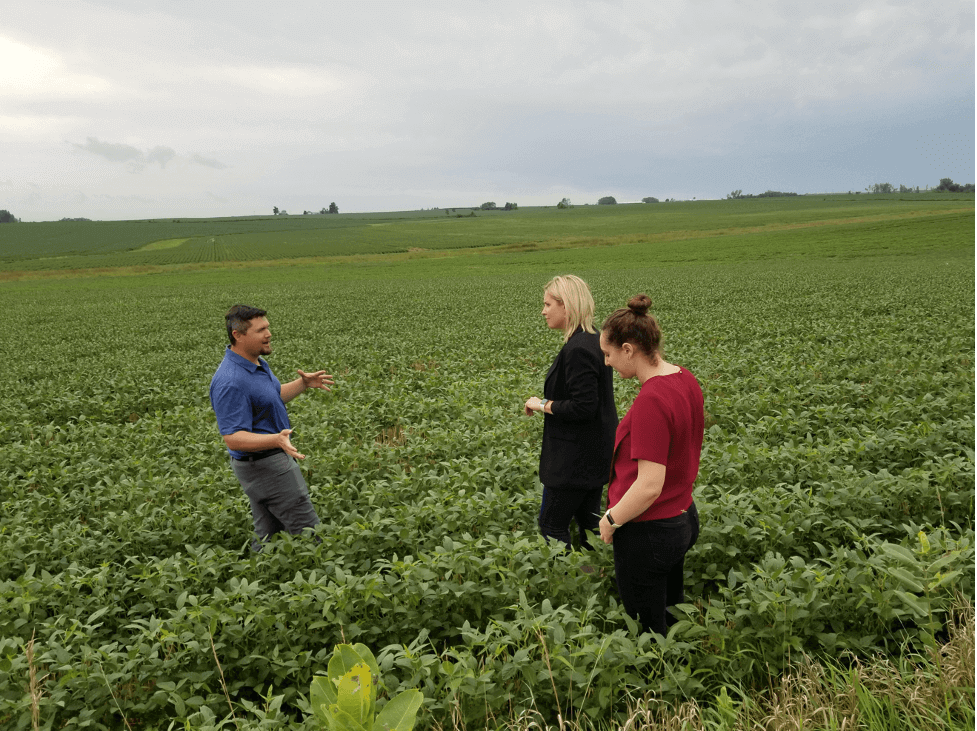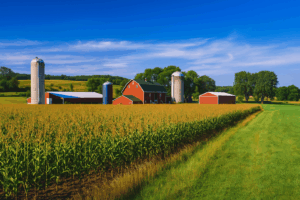December 14, 2022
—
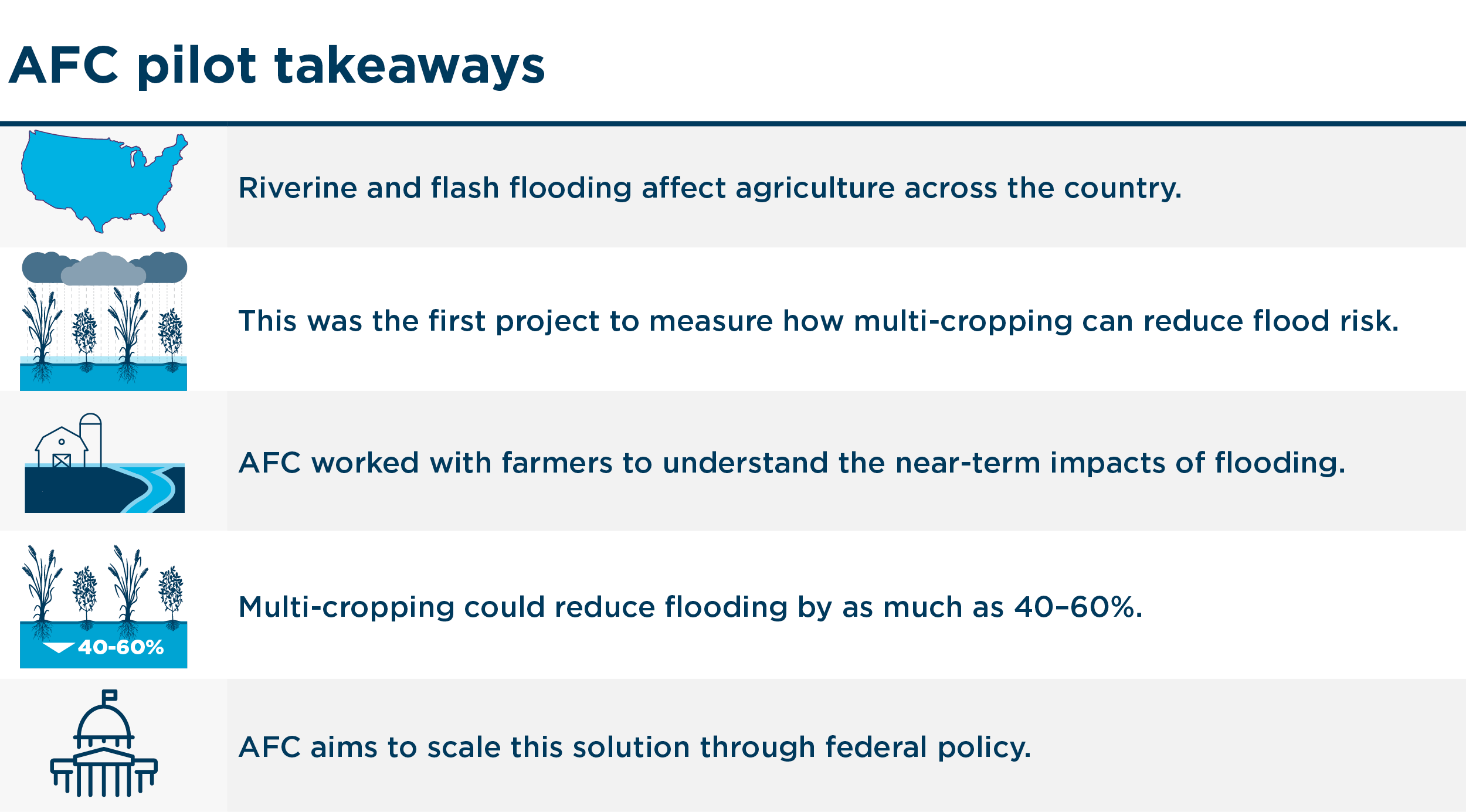
When we think of flooding, our thoughts may quickly go to the coasts: Tropical storms sending waves and rain that flood seaside houses and businesses.
But flooding also brings devastation to the middle of the country — where most of our food comes from. Nowhere is that more apparent than Northeast Iowa, which in the last three decades has averaged a presidentially declared disaster from flooding every other year.
To reduce the damages from this regular flooding, farmers are testing innovative ways to allow working lands to be part of the solution. And the American Flood Coalition is supporting such efforts: AFC was proud to fund and launch an innovative multi-cropping project in Northeast Iowa, in collaboration with Northeast Iowa Resource Conservation & Development and the Iowa Flood Center.
First of its kind
AFC’s project focuses on multi-cropping, a regenerative agriculture practice in which farmers plant different crops with overlapping growing seasons in the same field. The project was also the first to test and measure how multi-cropping can reduce flood risk on working lands in the United States.
To support such an innovative project, AFC funded a grant for Northeast Iowa Resource Conservation & Development and the Iowa Flood Center to carry out research on multi-cropping at FLOLO farms in West Union, Iowa — located about 150 miles northeast of Des Moines.
AFC tapped into its vast network of local leaders, from farmers to academic researchers to local governments, to: 1.) understand the impacts of flooding and multi-cropping on the ground; and 2.) how such a solution could scale.
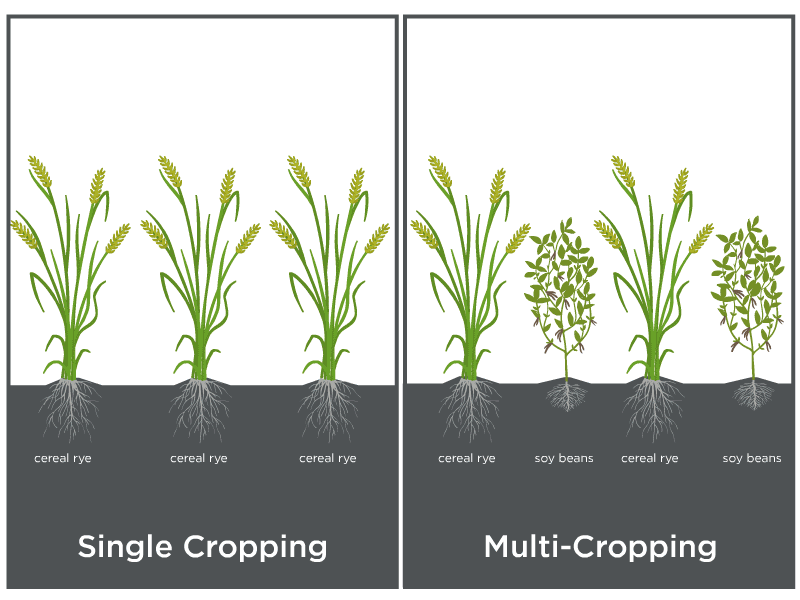
A solution grounded in work with farmers
America’s farmers care deeply about the wellbeing of their working lands and communities. Multi-cropping presents a way for farmers to lead with solutions that protect their lands and broader communities from disasters like flooding.
AFC worked with agricultural communities and farmers on the frontlines of flooding to understand the near-term impacts of flooding on different crops and how multi-cropping can help reduce some of these impacts.
Early takeaways and impacts
The project, which recently was extended after three years, has so far evaluated results from 19 trials. AFC is proud to support the next phase of this work in 2023 and 2024, as trials are expanded to additional farms in the state.
Below are early takeaways:
Multi-cropping can reduce flood risk
- Compared to conventionally managed fields, multi-cropped fields saw improved soil structure that allowed water to be absorbed faster, leading to less flooding.
- Initial modeling suggests that multi-cropping could reduce flooding by as much as 40–60%.
- Compared to an adjacent corn field using a traditional one crop system, multi-cropping doubles the rate by which water infiltrates the soil.
- The models found that conventional agriculture replaced by multi-cropping can reduce the impact of peak streamflows on farmland by up to 50%.
Multi-cropping is smart economics
- Multi-cropping averaged $50.90 higher net profit per acre than just growing soybeans. This is because farmers reduce their costs since the secondary crop can act as a natural fertilizer and pesticide, and the farm can generate more revenue by selling the secondary crop.
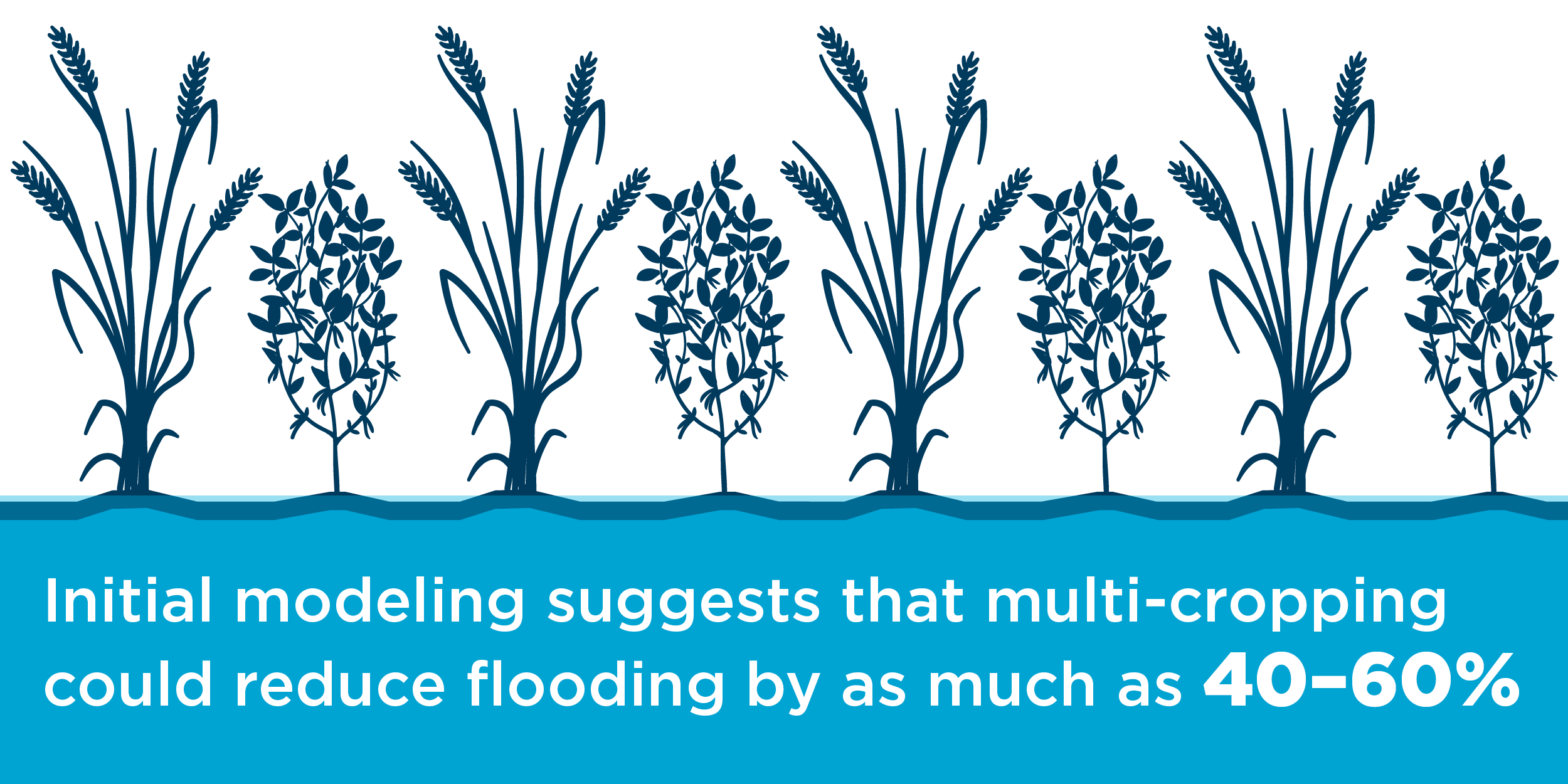
Scaling solutions through federal policy
Through this pilot, the American Flood Coalition also hopes to reduce flooding for communities across the country. That’s why after launching an innovative project like this, we aim to scale these solutions through federal policy — specifically by connecting local leaders and farmers involved in the project to federal policymakers.
Last August, for example, AFC hosted Federal Champion Rep. Ashley Hinson at a tour of the FLOLO farm in West Union. Rep. Hinson heard firsthand testimony about how multi-cropping could be used as an innovative flood reduction strategy on farmers’ working lands and expressed a desire to support policy solutions that could scale this approach.
AFC is actively working with other members of Congress to ensure funding for regenerative agriculture practices that reduce flood risk, such as multi-cropping, make it into next year’s farm bill. With millions in funding going toward agriculture policy, the legislation will be an opportunity to elevate flooding as a priority across conservation programs.
From grounded pilots to scaled solutions
Though felt particularly hard in Northeast Iowa, riverine and flash flooding are crucial concerns for farmers and working lands across the country. Our approach allows us to build meaningful, constructive relationships with local partners, while extending our reach through our connections at the federal level — both important steps in unlocking regional and national solutions to flooding.
AFC is committed to supporting innovative agricultural solutions and empowering farmers to take the lead, whether by funding pilots, sharing best practices from Iowa, or scaling through policy. We hope this pilot project in Iowa provides insights on a viable way to fight floods for similar agricultural communities across the Midwest and the country.



